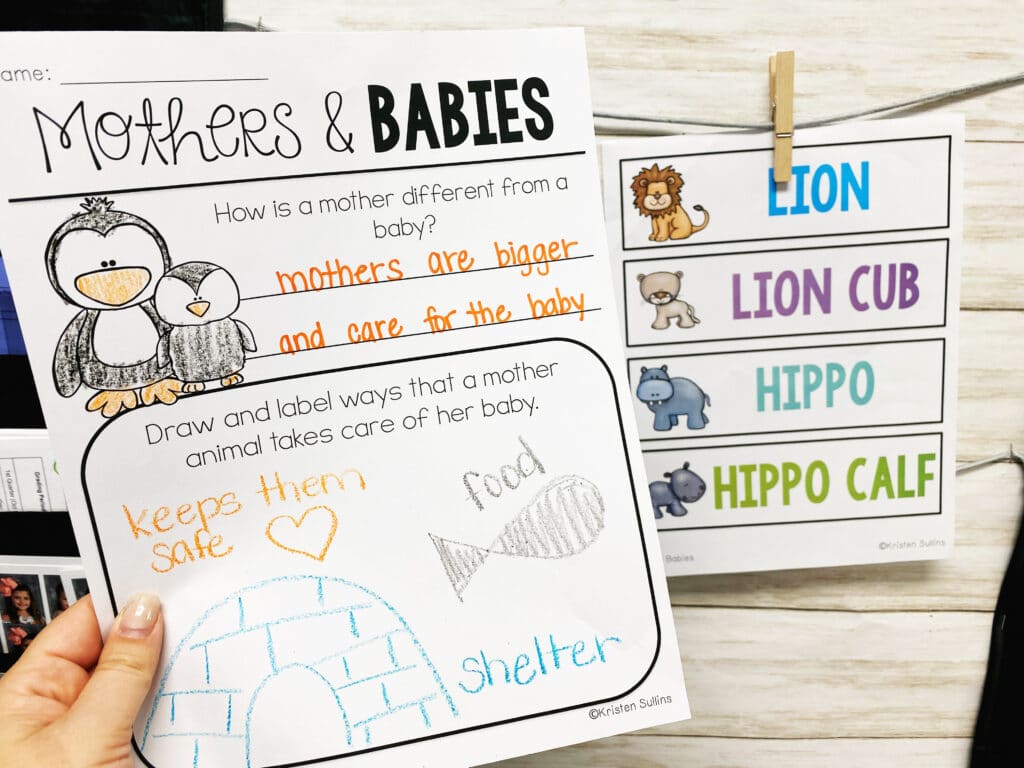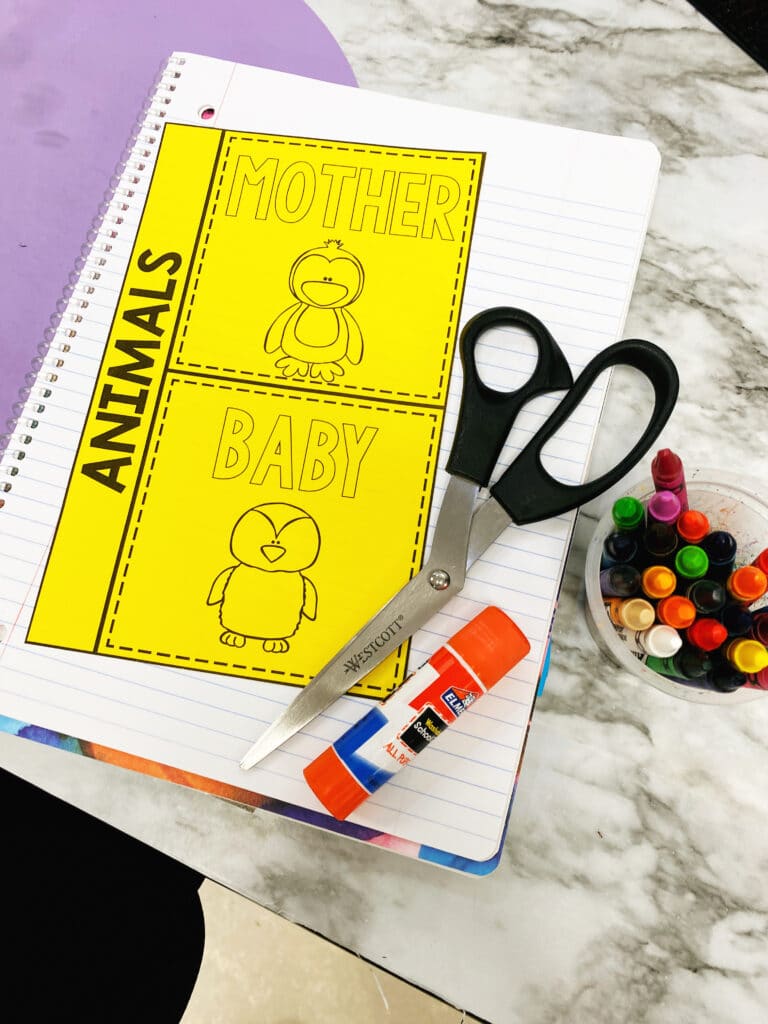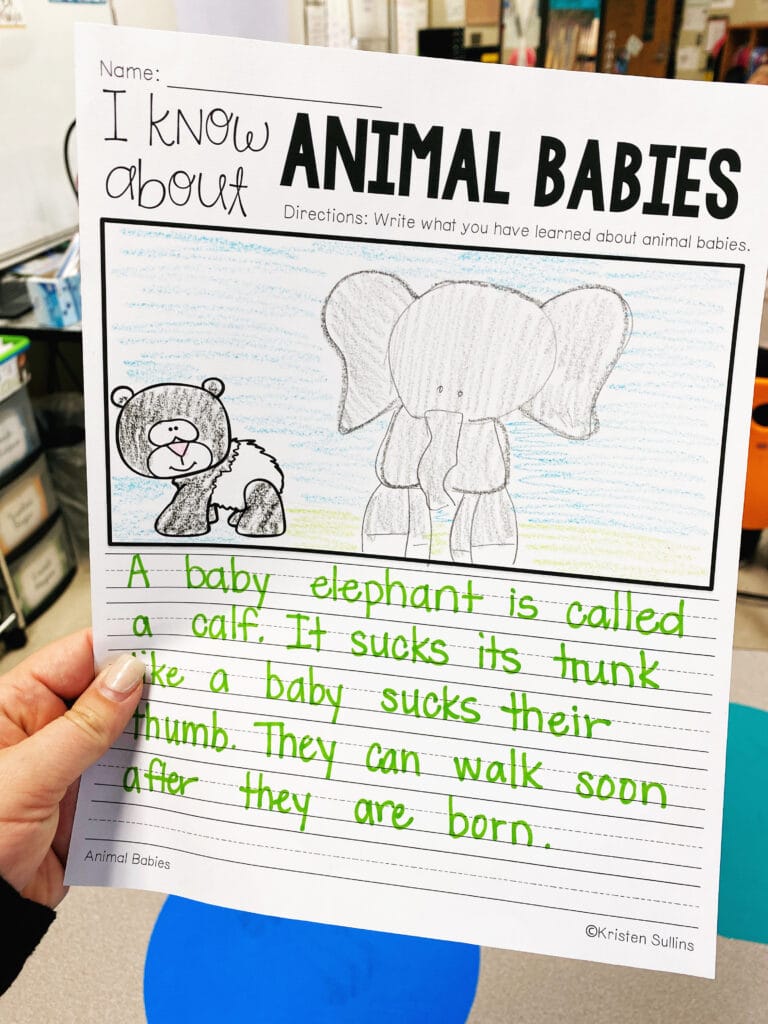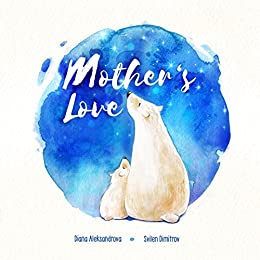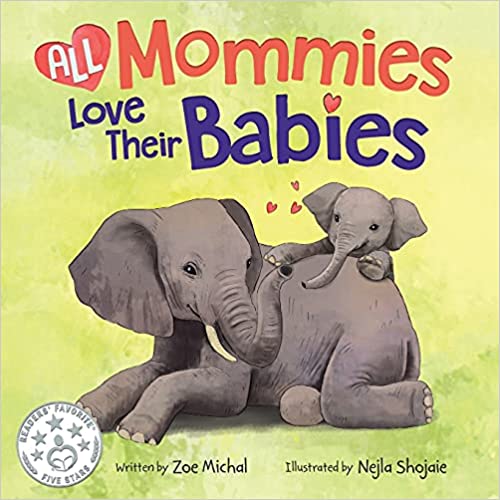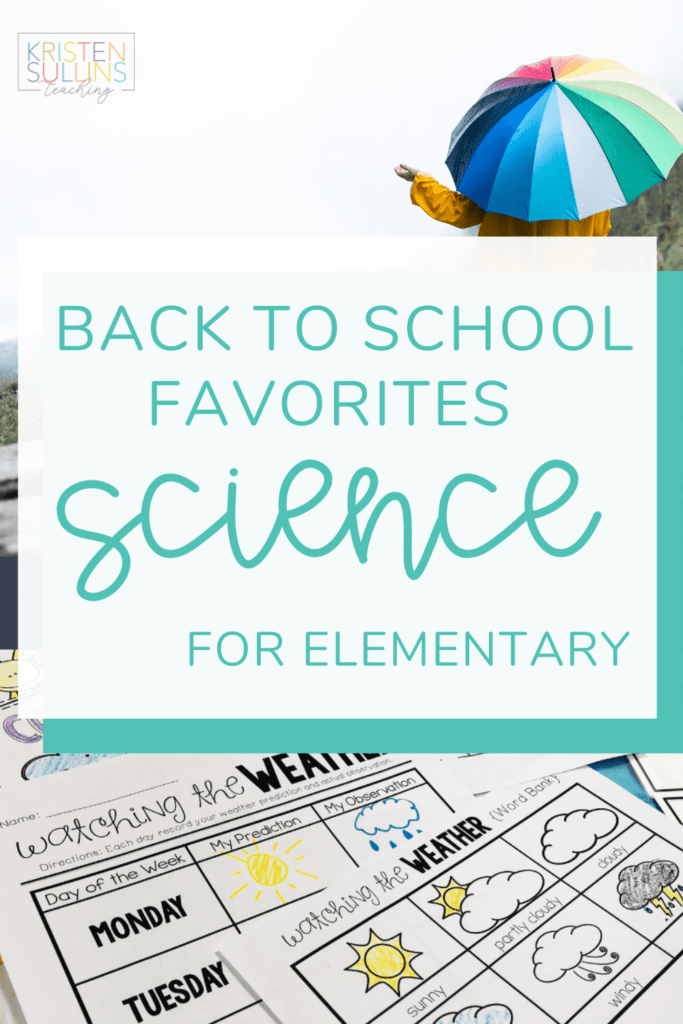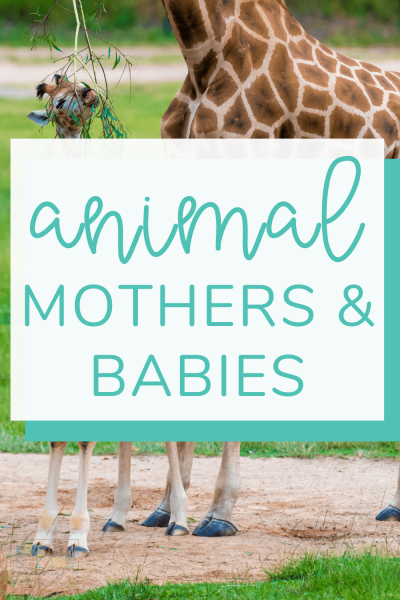If you are looking for quick, no prep activities for first grade students to learn and write about animal mothers and babies and animal life cycles then you are in the RIGHT PLACE!
I'm a first grade teachers and let me be honest by saying that planning social studies and science is never top on my priority list!
That was UNTIL I realized there are some hidden gems in the form of golden opportunities when it comes to my science instructions.
Read this post if you want to learn how to build in intervention time and meaningful writing opportunities while teaching your first grade students about Animal mothers and babies.
The main things students need to know in first grade are:
How to compare ways that young animals look like their parents:
- Coloration patterns
- Limb number and structure
- Behaviors
First grade students should also be able to observe and record the life cycle of an animal.

Learning the Facts about Animal Mothers and Babies
Okay, “Guided Research” sounds like a super formal term… but what it really means is that these are the activities that we do together as a class and there is typically a right or wrong answer.
This is where I introduce new vocabulary and I am “guiding” students through books or videos to find new information. We are then recording that new information on a simple recording sheet.
These activities are completed at the beginning of the unit when students are just starting to build their knowledge base, so these activities might seem easy, but remember, they are BUILDING their knowledge on the subject.
The best way to start this unit on Animal Mothers and Babies is to do a simple matching activity where you match a picture of the young animal with the mother animal.
This is a great opportunity to informally start comparing how young animals look like their parents (coloration, number of limbs and body structure).
I love using prompts like the one you see on the left on the “Mothers and Babies” worksheet.
I love the freedom that it gives me as a teacher to lead the discussion where I need it to go, but I also love that it gives students an opportunity to get really creative.
You can easily differentiate this activity by having students draw, label or even write complete sentences.
Interactive Animal Mothers and Babies Journals
Next up comes cut and paste activities. These are PERFECT for when students are ready to become a little more independent.
I like to have students compare a mother animal and a baby animal using an interactive journal (seen on the left). For struggling students, they simply draw and label. For students who need a more challenge, they must write complete sentences.
This is also a great time to do a life cycle cut and paste, my favorite for this unit is the Polar Bear Life cycle!
You can still complete these together as a class, OR you can have students complete the activities independent FOR… wait for….
EXTRA INTERVENTION time for math and reading!!
What??
YES! I use my last 30 minutes of the day (for social studies or science) to sneak in a little more intervention time.
I get my students going on an independent activity such as a cut and paste, then I pull back a group of 3-4 students for extra reading or math intervention rather than having them complete the social studies activity… because what's really more important?
You can read more here:
Independent Writing about Animal Babies for First Grade
I always love to wrap up my first grade Animal Mothers and Babies unit with independent writing.
I feel like this is the optimal way for students to show me what they have learned and also improve on their writing skills!
For students who are pretty independent, I let them work on their own. For students who are struggling a little bit, I write out sentence stems for them to use such as “A baby elephant is called a ____.”
I always like to encourage students to use real life examples in their writing which is SO easy for animals because they are all around us!
Animal Mothers and Babies Activities for First Grade
All activities in this blog post can be found in my No Prep Animal Babies Unit.
You can purchase it for a week of activities for $3.


